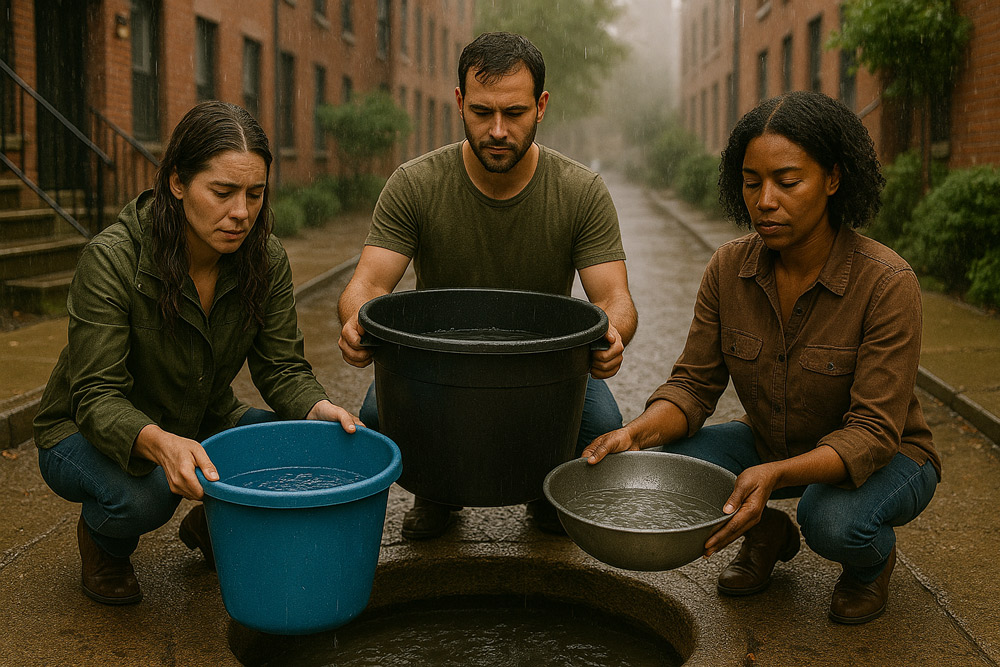In the face of water scarcity and worsening climate conditions, more people and governments are turning to an age-old yet highly relevant solution—rainwater harvesting. Once seen as a rural or developing-world practice, rainwater collection systems are now making their way into cities, suburbs, and schools as part of a broader push for sustainable living.
A Growing Trend Amid Global Water Worries
With severe droughts affecting regions from California to East Africa, the urgency to find alternative water sources has never been greater. The United Nations Environment Programme (UNEP) calls rainwater harvesting a “low-cost and sustainable solution,” particularly for communities with unreliable water infrastructure.
Major cities such as Cape Town, Los Angeles, and Chennai have promoted rainwater harvesting not just as a conservation tool but also as a resilience measure against water crisis events.
How It Works
Rainwater is typically collected from rooftops via rain gutters, then funneled into a tank or barrel. For larger installations—such as apartment complexes, schools, or farms—underground reservoirs and filtration systems may be added to ensure the water is clean and usable.
The U.S. Environmental Protection Agency (EPA) offers easy DIY tips for homeowners to build their own rain barrels and start harvesting immediately. “Every drop counts, especially when you see how much clean water gets wasted during a heavy rainstorm,” says Dr. Lena Wright, an urban sustainability expert.
Benefits Beyond Water Savings
Aside from reducing dependency on municipal water, the practice has other perks:
-
Lower utility bills
-
Reduced flooding in urban areas during storms
-
Recharge of groundwater aquifers in drought-prone zones
-
Emergency backup during water supply interruptions
In some areas, governments are even offering tax incentives and rebates to encourage installations. For example, in parts of India, new building permits require rainwater harvesting systems by law. Read more via the India Water Portal.
The Bigger Picture
According to the World Bank, global water demand is projected to increase by 55% by 2050. That makes solutions like rainwater harvesting not just smart—but essential.
And it’s not just households adopting the practice. Hotels, schools, and even data centers are joining the movement. In Jamaica and other Caribbean nations, where heavy rainfall alternates with dry spells, rainwater collection is being viewed as a buffer for climate resilience.
What You Can Do
Whether you live in a rainy city or a drought-prone town, there’s something you can do:
-
Start small with a rain barrel
-
Join a community workshop or green infrastructure program
-
Speak with your local council about incentives
Rain is free. Why waste it?
As climate challenges rise, simple, accessible solutions like rainwater harvesting remind us that the answers might already be falling from the sky.
